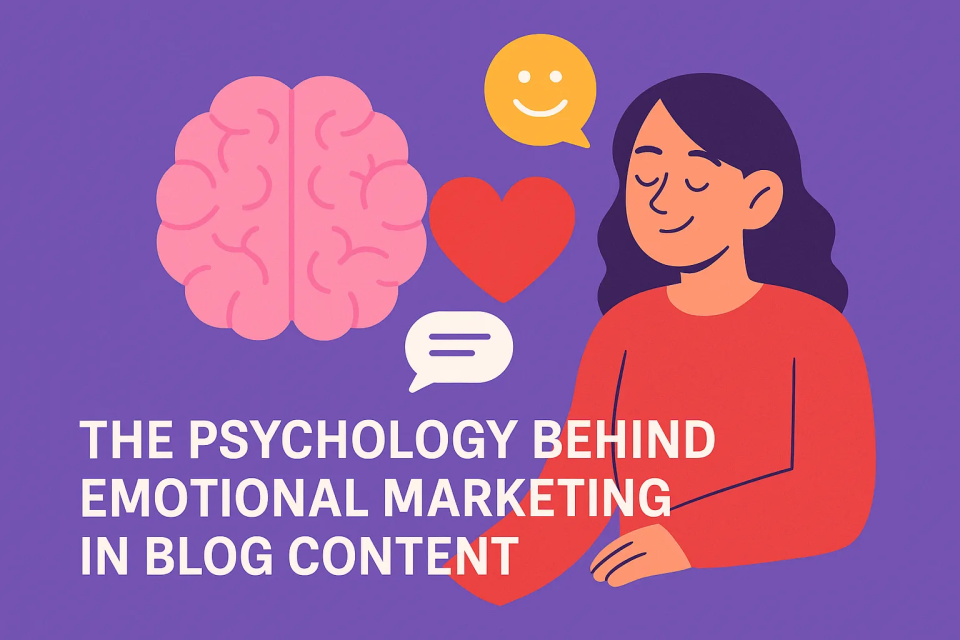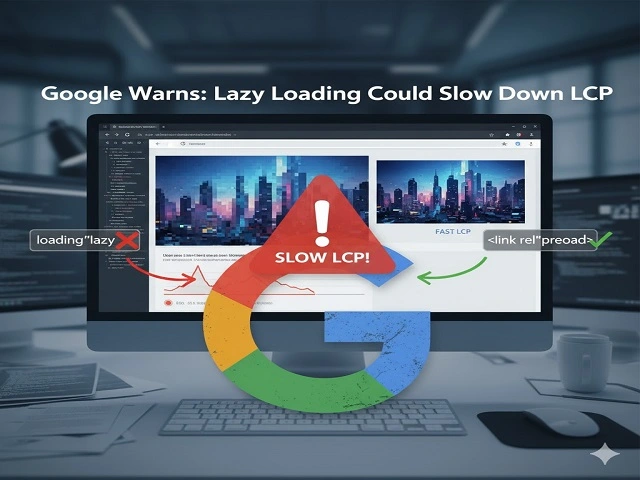Explore how emotional triggers in blog content can deeply influence consumer decisions and boost engagement.
With so much content competing for attention, it’s the human touch that truly sets a brand apart. Brands that tap into feelings—whether it’s joy, empathy, or urgency—can build stronger bonds with readers. This is the essence of emotional marketing in blog content: using emotion to guide decisions, engagement, and help shape perceptions.
But how exactly do emotions affect purchasing actions? And how can bloggers and marketers craft posts that resonate effectively? This blog dives into the psychology behind emotional triggers and demonstrates how to integrate these insights into your content marketing strategy for real impact.
Why Emotions Matter in Blog Content
Consumers don’t make choices purely with logic—they make choices with emotion and justify with logic afterward. By crafting blog content that taps into how emotions affect consumer behaviour, brands create deeper engagement and improve conversion rates.
Well-designed emotional triggers in storytelling make readers feel seen, understood, or inspired. Effective blog content can evoke emotions and prompt readers to take action—whether that’s subscribing, downloading, or making a purchase.
Top Emotional Drivers to Use in Blog Posts
Marketers and writers who understand core emotional triggers—such as fear, anticipation, trust, and belonging—can guide readers into action. For instance:
- Trust-building through personal stories or social proof
- Fear of missing out (FOMO) via exclusive offers
- Empathy in addressing pain points
- Joy and surprise in unexpected solutions
Combining emotion with clear logic strengthens retention and prompts readership in blog articles.
How to Build an Emotional Marketing Strategy into Your Blog Content
Here’s how to embed emotion effectively and ethically:
1. Know Your Audience’s Emotional Needs
Your content marketing strategy should begin with understanding what moves your audience—security, success, belonging, or relief.
2. Use Storytelling to Connect
Stories create empathy. A relatable anecdote or customer case study in your blog can evoke trust and connection.
3. Write with Emotional Language
Words matter. Phrases like “transform your life” or “never feel overwhelmed again” resonate more deeply than dry, factual statements.
4. Include Authentic Testimonials
Real-world feedback reinforces emotion and credibility—building trust and reassurance.
5. End with a Guided Emotional Call-to-Action
Your closing CTA should echo the emotional tone—for example: “Feel confident in your marketing—download our free checklist now.”
Why Emotional Marketing Strategy Enhances Results
An effective emotional marketing strategy helps blogs:
- Capture attention in the first few seconds
- Increase shares and engagement
- Improve recall and brand loyalty
- Inspire action, from downloads to direct inquiries
Moreover, emotion-driven posts tend to earn backlinks and social signals—valuable SEO signals that can boost visibility over time.
Measuring Emotional Impact in Blog Performance
Understanding how well your blog triggers emotion requires tracking both direct and indirect metrics:
- Engagement indicators like time spent on page, scroll depth, and social shares
- Conversion actions like opt-ins or downloads
- Feedback via comments, surveys, or reactions
Tracking performance over time can help refine your emotional approach and improve ROI.
Integrating Emotion with Logic: The Ideal Blend
While emotions close the gap, logic seals the deal. A balanced blog post might:
- Start with empathy or an emotional hook
- Provide actionable insights, step-by-step advice, or benefits
- Include data or credibility signals—while still maintaining a conversational voice
That blend ensures emotional connection—backed by rational clarity for readers who need both.
Role of Professional Services in Writing Emotionally Resonant Content
Many businesses hire content writing services to help craft emotionally intelligent, high-performing blog posts. A quality provider can:
- Conduct audience research
- Write compelling emotional hooks
- Structure posts to guide the reader’s journey
- Include appropriate emotional language without exaggeration
This is where partnering with professionals who understand emotional marketing psychology truly pays off.
Ethical Considerations: Using Emotion Responsibly
Emotional writing can be powerful—but it must be used ethically:
- Avoid fear-based manipulation
- Focus on value, not sensationalism
- Be transparent and honest
- Respect reader intelligence and comfort
When done correctly, emotional marketing fosters trust rather than eroding it.
Why Emotional Blog Content Matters in 2025
As digital feeds become increasingly numerous and attention spans shorten, emotional resonance becomes critical. Aligning emotion with value and context helps your content marketing strategy stand out in an increasingly noisy environment.
Emotion unlocks retention. It builds loyalty. And it persuades readers—ethically—to explore, connect, and convert.
Emotion Is the Heart Behind the Sale
Story-driven, emotionally intelligent blogs speak to both hearts and minds. Knowing how emotions affect consumer behaviour can be the difference between turning readers into customers—or letting them slip away. When your blog content combines emotional resonance with practical value, it becomes more than information—it becomes transformation.
At Savit Interactive, we specialise in crafting emotionally intelligent content that drives engagement and results. Whether you’re looking for content writing services or a smart emotional marketing strategy, we’re here to help create blog articles that resonate, convert, and build lasting bonds.
Frequently Asked Questions
1. How does an emotional marketing strategy affect blog performance?
An emotional marketing strategy helps blogs capture attention, build empathy, and guide readers toward a conversion path—creating stronger engagement and action.
2. What roles do content writing services play in emotional marketing?
Content writing services provide skilled storytelling, audience insight, and polished language that elevates blog content beyond generic messages—driving impact.
3. What content marketing strategy best supports emotional engagement?
A content marketing strategy that pairs emotional hooks with value-driven advice helps build trust, encourages shares, and drives conversions.
4. How should blog articles use emotion without being manipulative?
Well-crafted blog articles focus on authentic scenarios, clear benefits, and respectful language—never resorting to fear or hype-driven messages.
5. Why should marketers care about how emotions affect consumer behaviour?
Understanding how emotions affect consumer behaviour helps marketers create content that connects on a deeper level and guides decision-making more organically.



